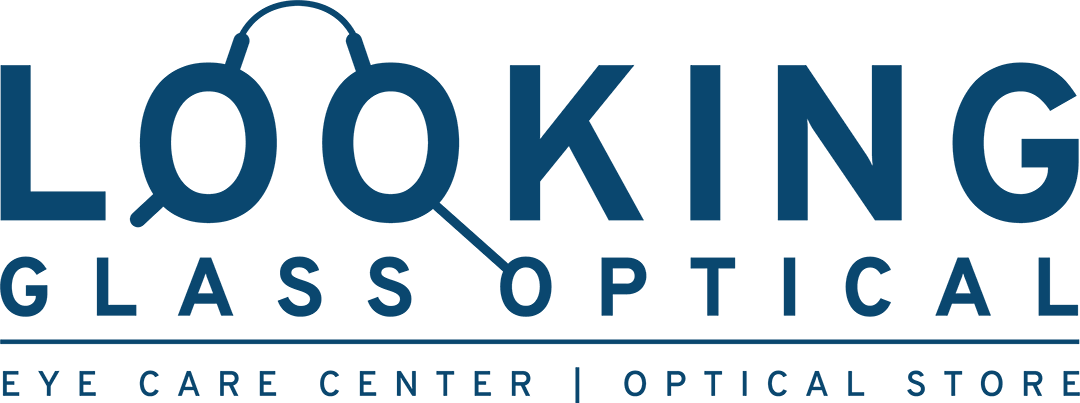Why Tanning Bed Eye Safety is Not Silly & Protects Against Damage
Tanning beds were once a miraculous piece of technology that enabled even the most sun-deprived person to keep a golden tan. Today, they have become so commonplace you may have forgotten what it was like only to have a tan in summer. You may also have forgotten that the intense ultraviolet rays used for tanning come with certain health risks. So before you slip into that bronze glow, make sure you follow proper precautions, including tanning bed eye safety.
Tanning and Your Eyes: What Are the Risks?
To give you a sun-kissed look, tanning beds radiate up to 100 times more UV light than you would get outside on a sunny day. Hopefully, you know the risks such high levels of ultraviolet light pose to your skin.
But it’s not just your skin that’s in danger. According to Health Essentials, tanning beds can increase the risk for several types of serious eye health and vision problems.
- Cataracts – A cataract is the clouding of the clear lens that covers your eye. People with cataracts sometimes describe the condition as looking through a frosted window. If left untreated, cataracts can lead to severe vision problems, including blindness.
- Ocular Melanoma – Ocular melanoma is a rare type of eye cancer. Like melanoma of the skin, it affects cells known as melanocytes. Prolonged exposure to UV light is one of the leading causes of ocular melanoma. Treatment may require surgery or radiation therapy.
- Macular Degeneration – Tanning does not cause macular degeneration, but it can advance the condition. Macular degeneration is the leading cause of low vision and is incurable. It is caused by the deterioration of the center of the retina—known as the macula.
- Photokeratitis – This is a sunburn on the cornea of your eye. This painful condition results from UV ray damage.
Skin Damage and Wrinkles
You are probably aware of how UV light increases the risk of developing wrinkles and other types of sun damage to your skin. The delicate skin around your eyes is especially vulnerable to the aging effects of UV rays. The intense UV levels inside a tanning bed can also damage your eyelids and eyeballs’ internal and external structures and leave the skin all over your body looking damaged and weathered.
Humans need adequate sunlight to produce vitamin D, boost “feel good” hormones, and stay healthy. But when it comes to UV rays, too much of a good thing can be terrible.
Tanning Bed Eye Safety Recommendations
Your eyelids alone are not sufficient to prevent UV rays from passing through to your eyes. Follow these tips to protect your eyes and vision while using a tanning bed:
- Wear protective goggles made especially for use in a tanning bed.
- Remove makeup (especially eye makeup) before tanning.
- Keep tanning sessions short, depending on skin type; start with 1 to 3 minutes long sessions.
- Tan infrequently, UV damage is cumulative; the more often you’re exposed, the higher the risks.
- Use a waterproof sunscreen around the eyes to minimize damage
If you are hooked on being tanned and know you are not likely to quit using a tanning bed, make sure to receive a comprehensive eye exam from your optometrist every year.
Protect Your Health with Tanning Bed Eye Safety and Regular Checkups
A good tan is not worth risking your health. The intense levels of UV light present in a tanning bed increase your chances of developing medical problems down the line. Keeping up with annual eye exams and physical exams will help ensure any issues caused by tanning are caught early and treated.
Looking Glass Optical is here to help you protect your vision as you enjoy all of your favorite activities, even tanning. We can offer advice on tanning bed eye safety and help ensure your vision is always the top priority. Contact us today or schedule an appointment through our easy online form.
